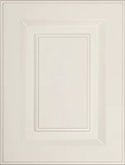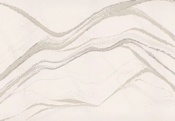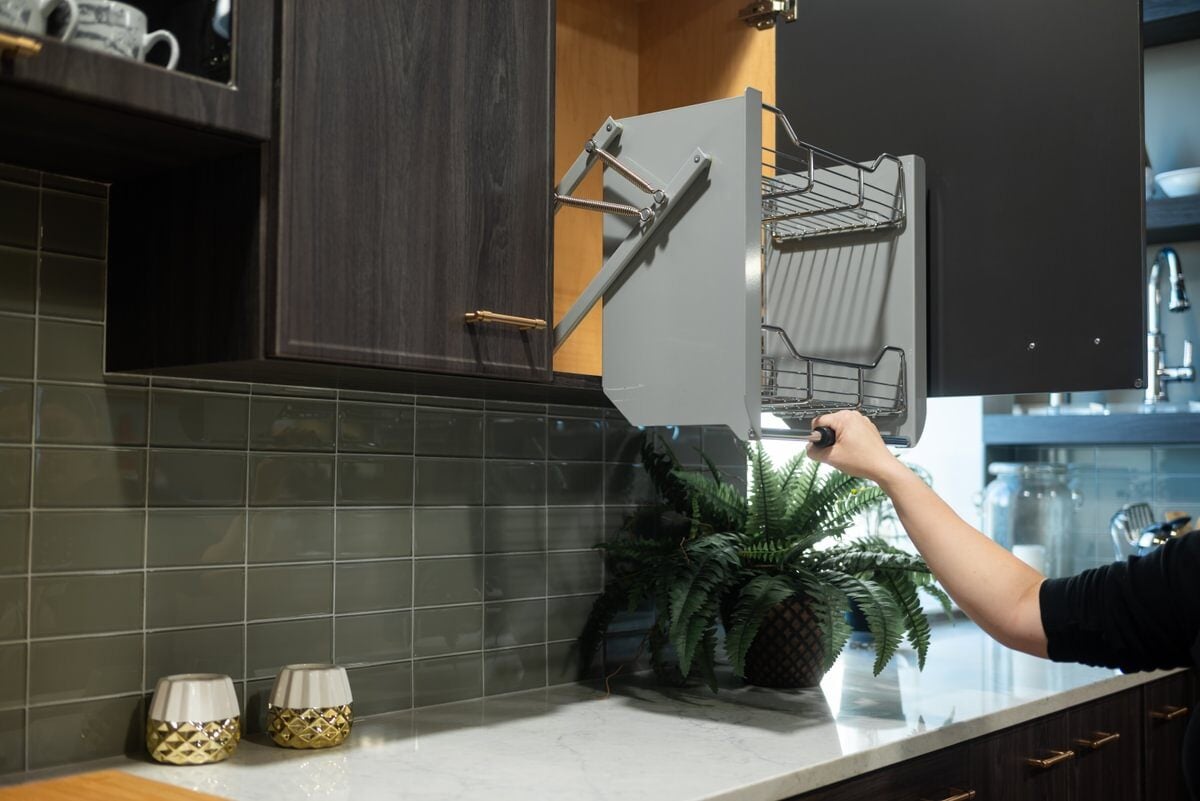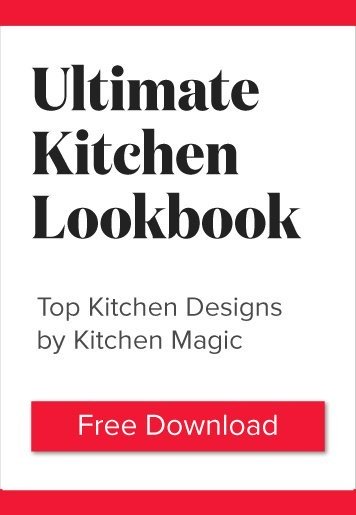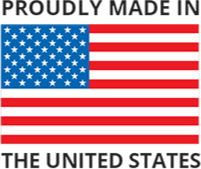Design terms are tricky, especially when they're used incorrectly. The terms "contemporary" and "modern" are a prime example of this. While most modern kitchens are contemporary, not all contemporary kitchens are modern...but, perhaps we're getting ahead of ourselves.
Our goal is to clear up the confusion and provide a sure sense of which design style is which, so you can speak confidently when you visit a kitchen design-build team to commence planning for your kitchen remodel.
Kitchen Styles Defined
Let's start with a few concrete definitions of each design style. Then, we'll expand on each one, using examples from our own Kitchen Magic Gallery.
Modern kitchen design
Modern design is a very specific design style. While its origins are set in the early 20th century, the true modernist studies the thoughts and styles of Germany's Bauhaus school of design. The Bauhaus style placed form over function - and it stripped kitchens, homes - and architecture in general - of ornate and decorative accents that had no true purpose or reason for being.
Modern design had its heyday during the 1950s and 60s, as post-war vets returned to the U.S. and began buying homes for their new brides and families. In fact, in strict design terms - modernism ended right about there as well. It's grand-finale is a mid-century modern time capsule - celebrated by the TV series, Mad Men.
Even so, the tenets of modern kitchen design - things like frameless cabinets, flat panel doors, minimal trim, sleek appliances and fixtures, and lots of shiny or metallic finishes, are still very popular.
Examples of modern kitchens we've designed include The Chocolate Hazel, the White Raven and The Golden Espresso.
Contemporary kitchen design
Unlike the term modern design - which is fixed and finite - contemporary is a floating term. For example, Victorian homes were contemporary in the mid- 1800s, mid-century modern designs were contemporary in 1957, and your traditional farmhouse kitchen is contemporary in 2017.
Features that define a contemporary kitchen these days would be things like cutting-edge appliances, some of which boast smart or tech-savvy synchronization, eco-friendly products and finishes, a layered lighting plan, and a mix of materials and lines.
Examples of our contemporary kitchens include The White Galaxy, The Contemporary Chestnut and The Hi-Definition Walnut.
Transitional kitchen design
The transitional kitchen blends the best of both warm and cozy traditional elements with cooler, sleeker modern ones. So, for example, you may select more ornate cabinet door frames with traditional hardware, but you'll still choose a frameless design. You may enjoy a butcher-block style kitchen island, but you'll go quartz all the way for the rest of the countertops. A transitional kitchen may have a sweet chair rail running around the wall near the eat-in area, but it will also have a swanky chandelier or some fun suspended pendants to lend a more contemporary edge.
As one design article put it, a transitional kitchen is like the Goldilocks dream - with everything "just right," rather than too modern or too traditional. So, as you might imagine, most kitchens fall into the transitional kitchen category.
Examples of our transitional kitchens include Darlington's Suede Gray, Maples in Autumn and The Breckenridge Light.
Now, you're ready to get out there and design the appropriately titled kitchen of your dreams.


